As far as photography goes, wedding photography is probably the most varied both in terms of shooting and editing styles. Terms like “Fine Art”, “Moody”, “Light and Airy” or “Reportage” appear in photographers pages and descriptions of their work, but what do these terms actually mean? Do you have to choose between “Fine Art” and “Dark and Moody” or can you have them both?
It is important to have at least some knowledge of wedding photography styles to begin searching for a vendor that can fit your vision. This is exactly why I’ve collated this little guide to help you navigate the different styles, so you can narrow down your preferences and find your dream wedding photographer more easily.
Shooting Style v Editing Style
Broadly speaking here are two types of “style”. There’s the editing style which refers to the use of colour, light and shadow, contrast and vibrancy of the images. This is where terms like “light and airy”, “true to life”, “earthy” and “dark and moody” live. There’s also the shooting style or capturing style where we tend to talk about “Fine Art”, “Editorial”, “Photojournalistic” or “Traditional” approaches.
Below you can see a breakdown of each style to get a clearer picture of how your wedding photography could look like. I’ll begin with the less subjective of the two – the shooting style.
Traditional Photography
This is the wedding style you may be most familiar with, as it similar to what many couple’s parents have from their weddings. It is also known as classic. These images are solid, simple and straight forward and they stand the test of time. The style is clean, with classic compositions and generally speaking is a collection of shots in different settings.
This style relies on direction from your professional wedding photographer in the form of shot lists. Most photographers include at least some traditional photography into their mix, especially for family portraits. While this style does not deliver super creative captures, these are the pictures that your grandma and aunt Susan might want to see and will probably cherish the most.
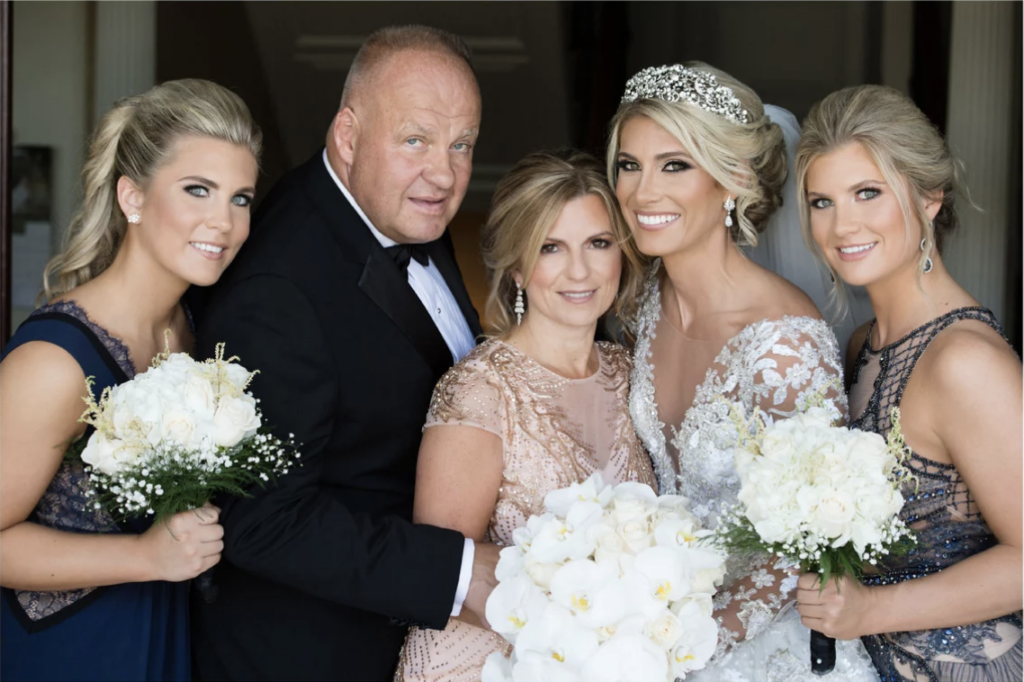
Photojournalistic Photography
Couples that say they hate “posing” or they are shy in front of the lens generally think of this style as the solution to their problems. Photojournalistic, reportage, candid and documentary style photography are all different names for the same style and these pictures make for some of the most heart-felt and memorable images, when done correctly. This style is moment focused and your photographer will let the day flow naturally and will steer away from posed shots.
Some photographers are quite strict about the extent to which they stick to this style and refuse to take any posed portraits. Others, like me, incorporate this style into the day where it makes perfect sense to let the day unfold. A great photojournalistic photographer will find beauty in those in-between moments, movement, and the raw emotion found throughout the celebration.
So, if you’re adamant you don’t want to pose at all but you want a specific set of portraits with family members or friends, you have to make sure you spend time with them for your photographer to capture the images, otherwise you will not get those specific shots.
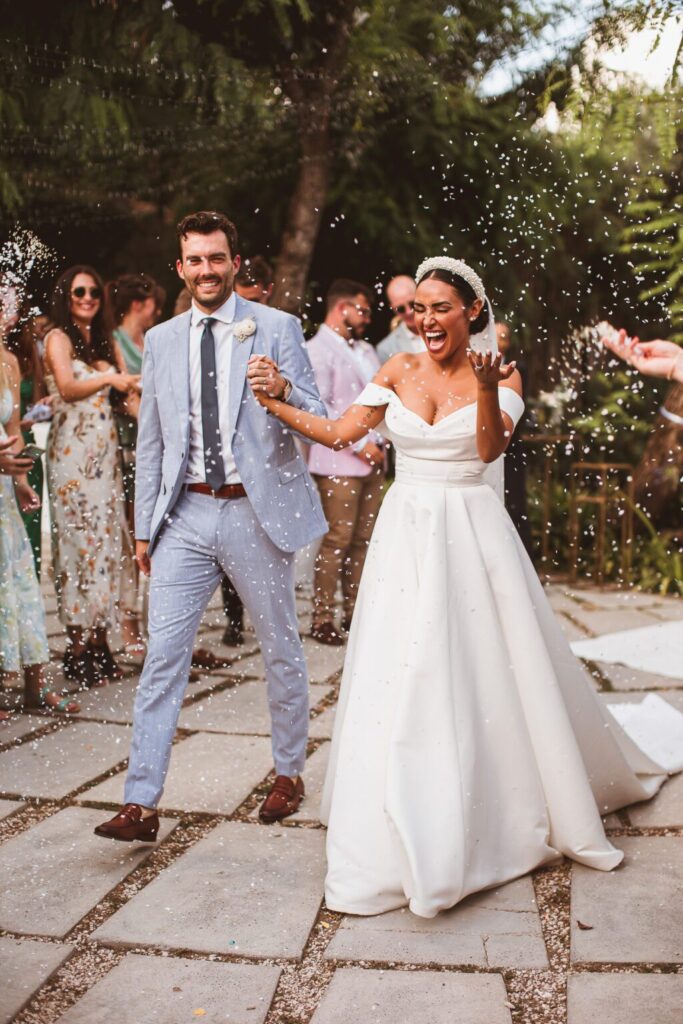
Fine Art
If you want to have your wedding feel like an ethereal piece of art, you should gravitate towards fine art photographers for your celebration. The goal is to create a visual masterpiece and the images generally have an “editorial” feel to them.
The photographer takes time to consider the subject, the background, the light and the composition to produce a beautiful vision. It requires a keen eye for detail while creatively using lighting and angles to create beautiful, timeless images.
This shooting style is probably the only that is generally associated to a specific editing style and it is known for being light, bright and airy. It is inspired by the results achieved when shooting on film, and therefore has a softer, more delicate and cleaner look than straight digital.
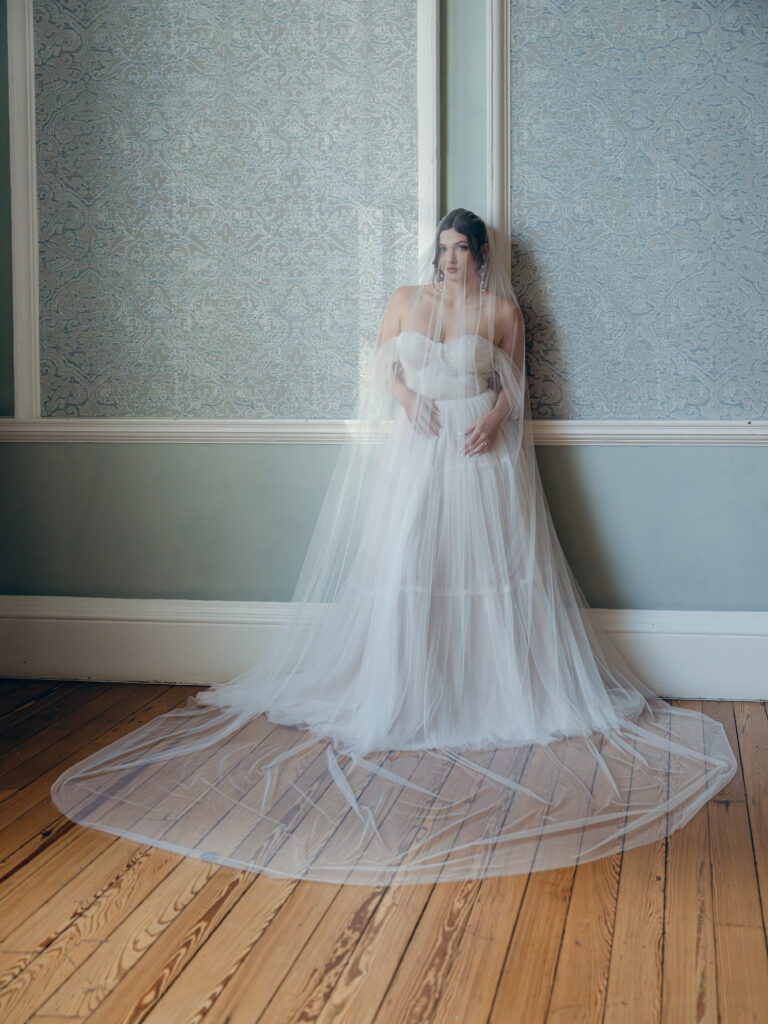
Editorial Photography
More often than not, this style is very close or intertwined with fine art wedding photography. If you want your wedding photos to have a curated, magazine-like feel, you should look for editorial wedding photographers. Editorial photographers capture curated emotions that feel authentic, even though each aspect of the image has been thoughtfully considered.
It would be incredibly hard to shoot an entire wedding in this style, which is why it is more suited for the couples portraits and portraits with your bridal party. They require time and mindful consideration of the venue, the light and the details surrounding the image. They are therefore directed and finessed.
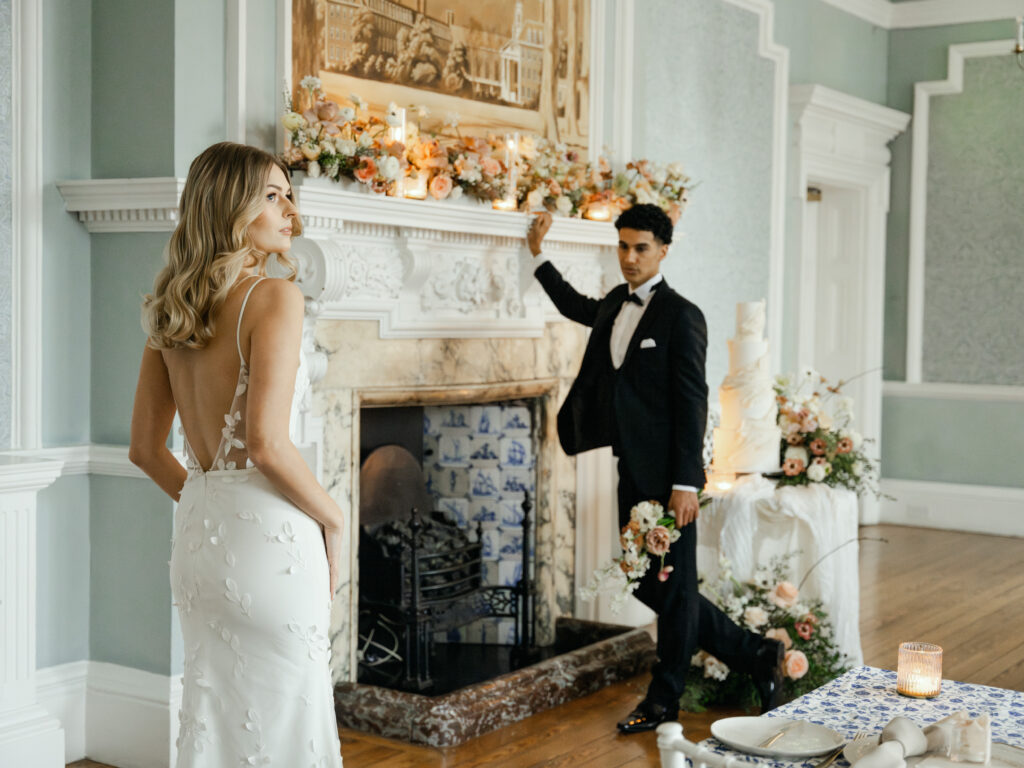
Adventure Photography
The beauty of this style of photography resides on the freedom to be you, and the meaning behind the destinations themselves. While there is obviously a couple component, this style is meant to go beyond them and their shared moments, to display the location of their wedding in all it’s scenic charm. In this case, the photographer works with the couple ahead of time to scout the location, so you can get amazing, sweeping views of the landscape as well as your deeply personal moments. Be mindful that these adventures sometimes require a trek to get to the final location and can be incredibly weather dependent.
This style of photography is best suited to elopements and micro weddings, where the total number of participants doesn’t exceed 10 people. Considering a more remote location, off the beaten track, might require you to be fit and healthy enough to do the trek there and back while carrying some gear.
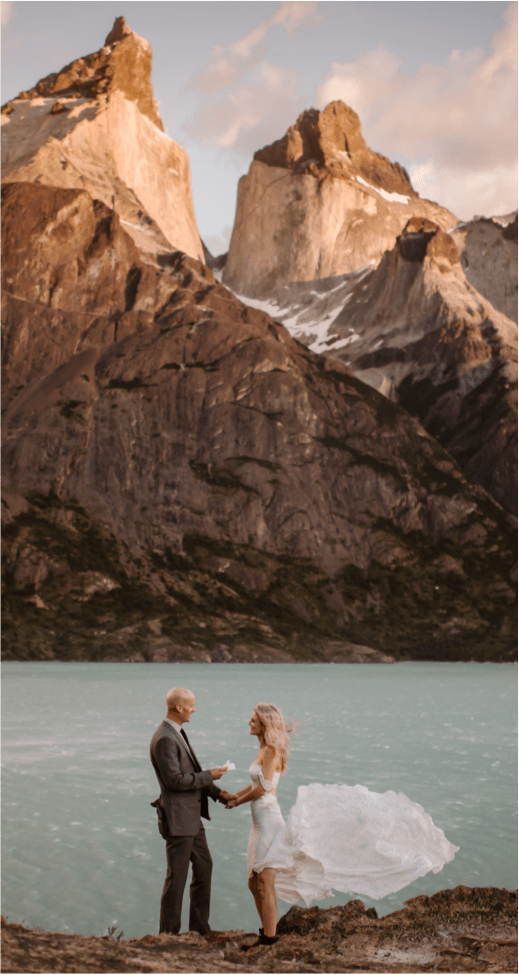
Contemporary
From a contemporary, creative or artistic photographer you can and should expect the unexpected. Images are usually more colourful, and the photographer is likely to experiment with different techniques such as shooting through light prisms, using tilt shift or wide angle lenses for dramatic perspectives, or shooting at unusual angles. These images are crafted to achieve the desired results, and that takes time. Make sure you are comfortable holding a pose for a certain period of time and ask your photographer how long you will be spending on photos. If you don’t want a long photoshoot it’s important to understand your photographer’s process ahead of time.
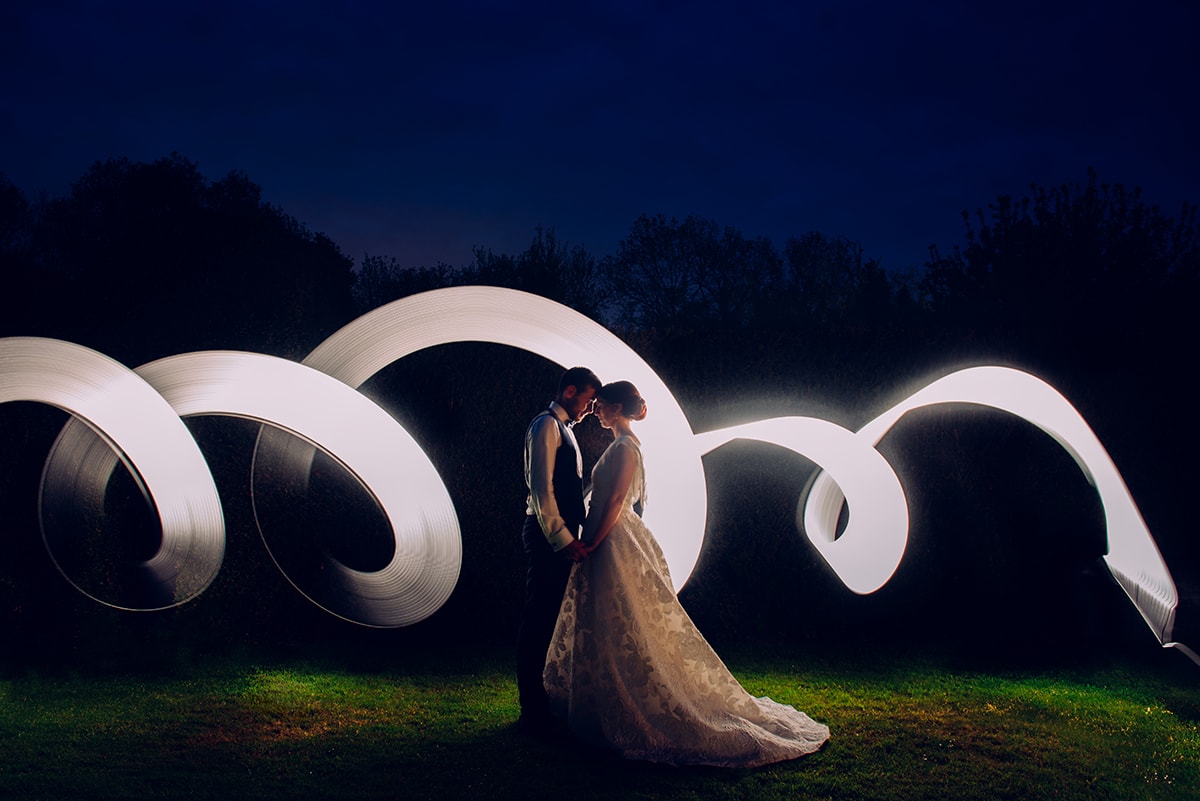
Regardless of the shooting style, creating meaningful and beautiful photographs requires time, trust, and preparation. Take a moment to reflect on what truly matters to both of you, and share these details with your photographer.
Now let’s consider the different editing styles.
Light and Airy
This editing style is more romantic, soft and whimsical, with lighter tones, blown out skies, and muted colours. This style is very elegant and refined and definitely has a high end feel to it. The color palette is soft, and more often than not true to life.
It works best with natural light, outdoors or indoors where there is abundance of large windows and therefore light.
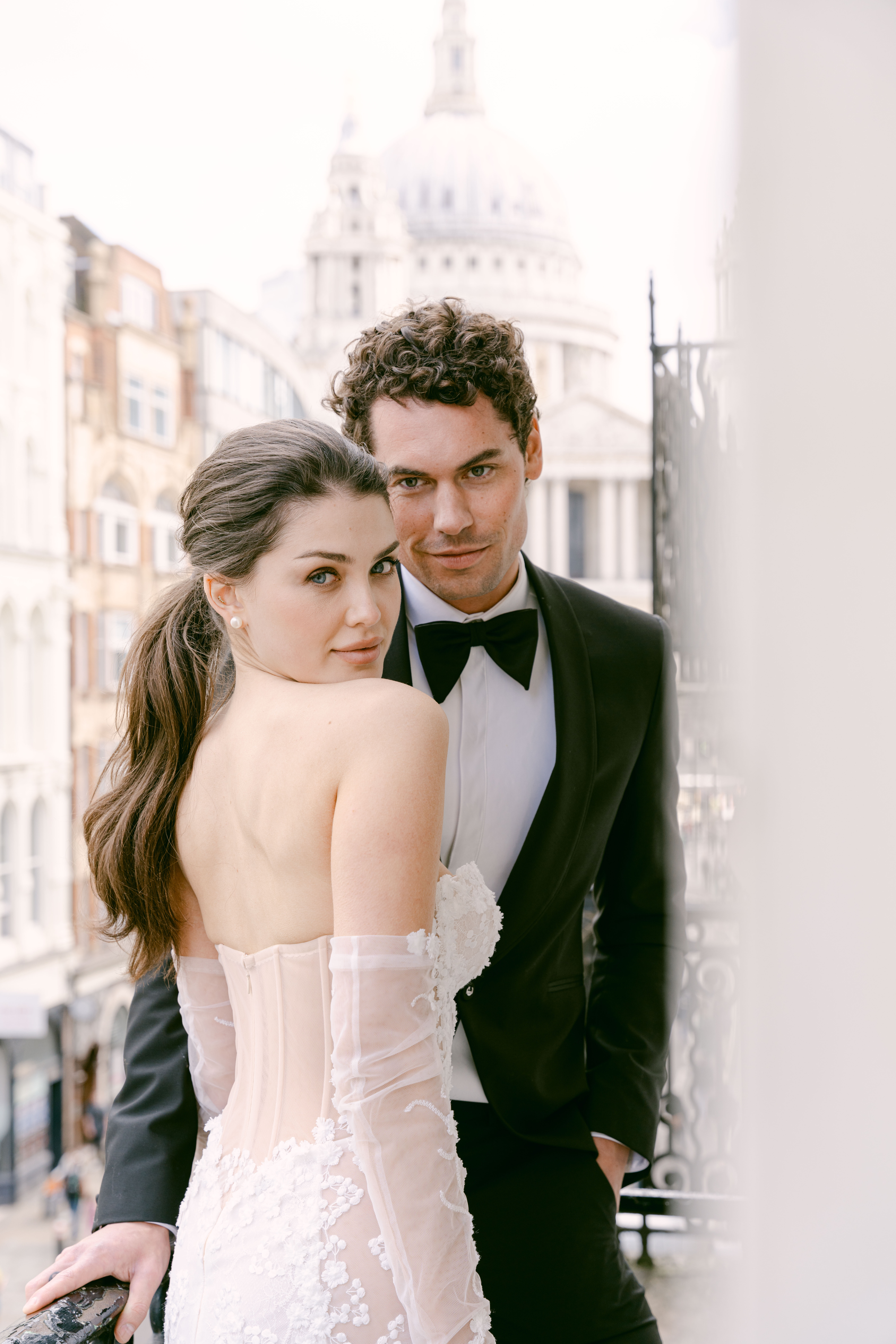
True to life
The name says it all, really. All the colours and overall feel of the photographs are on point to what you would have experienced in person. This style of editing is timeless and helps your wedding photos stand the test of time. Everything from skin tone, to the colour of the grass is exactly as it is meant to be and nothing is drastically altered.
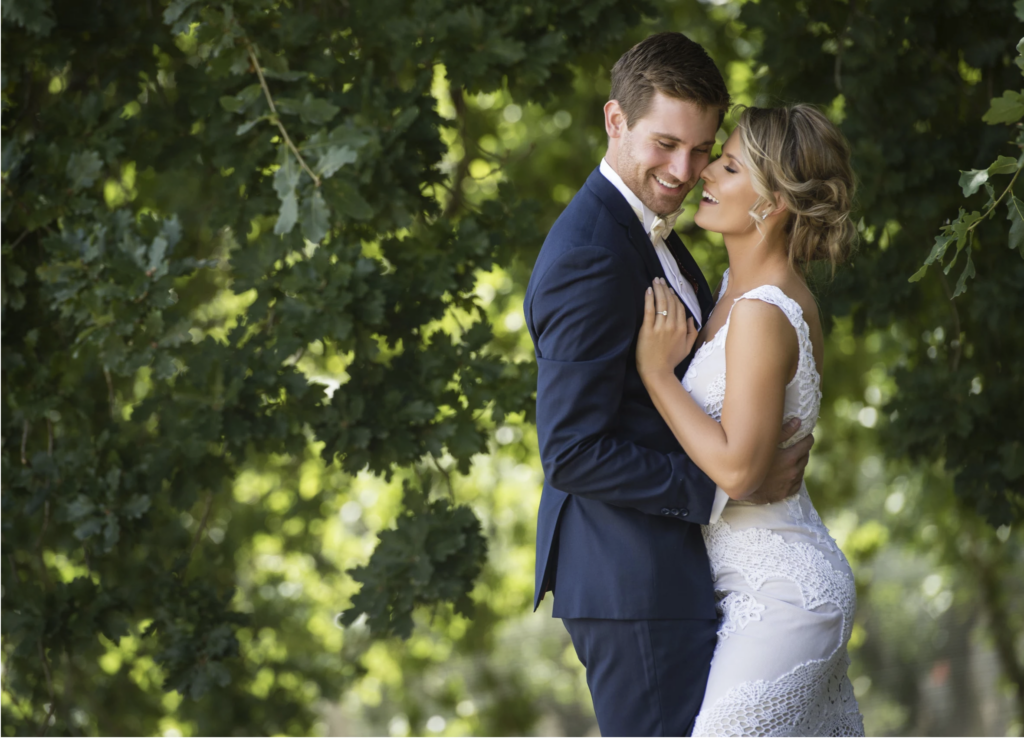
Vibrant
This style goes hand in hand with true-to-life, especially in broad daylight on a sunny day. But to not all true to life photography is vibrant. To qualify as such the colours are more saturated, brighter and there is more contrast.
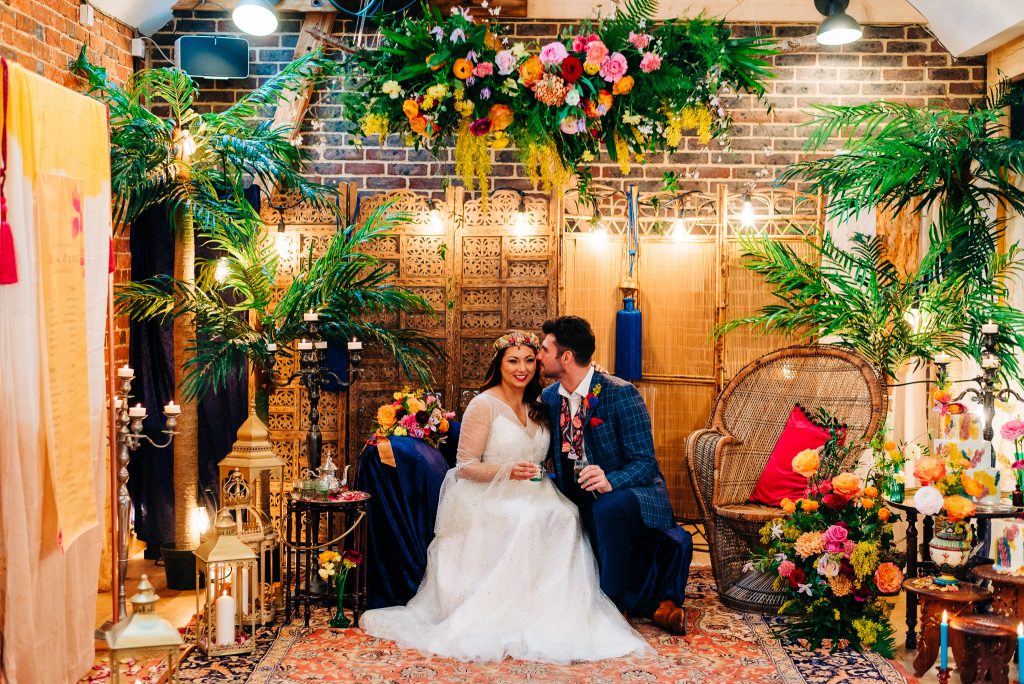
Earthy or Desaturated
In the same way that vibrant and true to life are related, earthy, desaturated and moody are too. Earthy or desaturated styles have more to do with the colouring of the image than how bright or dark the editing is. This style tends to be moodier, with colours being muted and highlights and contrast lowered.
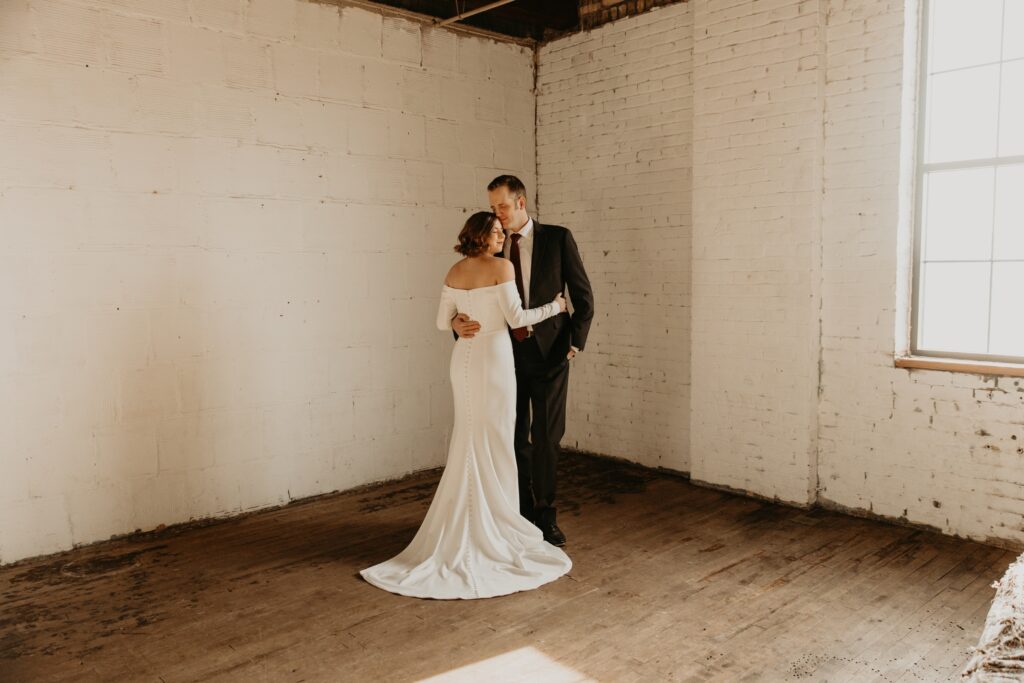
Moody
This style is rooted in highlighting deep emotion. Generally speaking they are on the darker side of the spectrum where the final result is more dramatic. There’s deep shadows, higher contrast, and richer colours.
Depending on the photographer these edits might also boast a warm or cool colour cast to support the ambience.
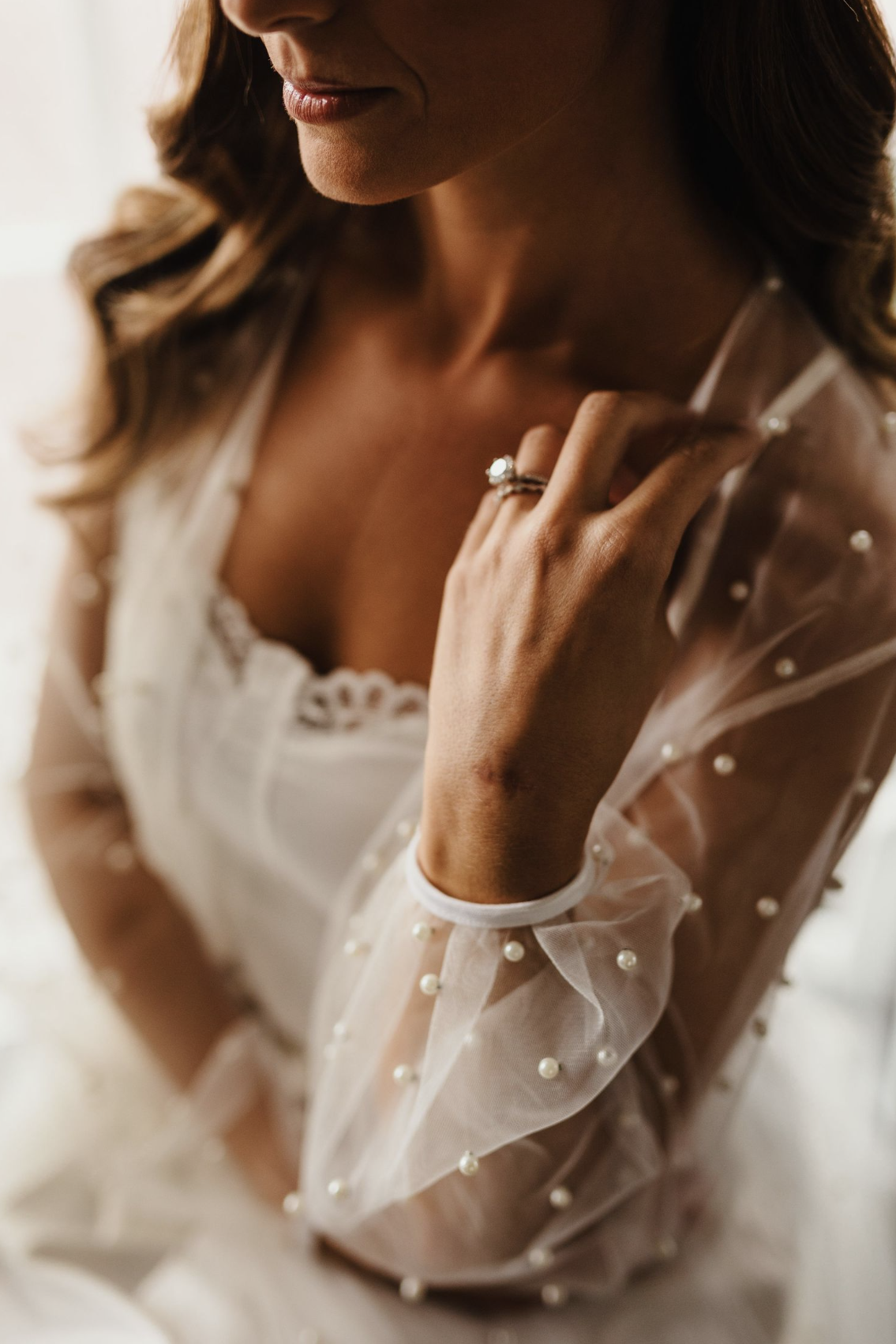
Cinematic
Cinematic styles are a variation of moody styles, where the contrast is less dramatic than in the moody editing style and there is a sense of motion blur. The colour grading is dual toned, achieved by mixing warm and cool tones at the appropriate times, making a image more attractive to the eye and expressing distinct emotions.
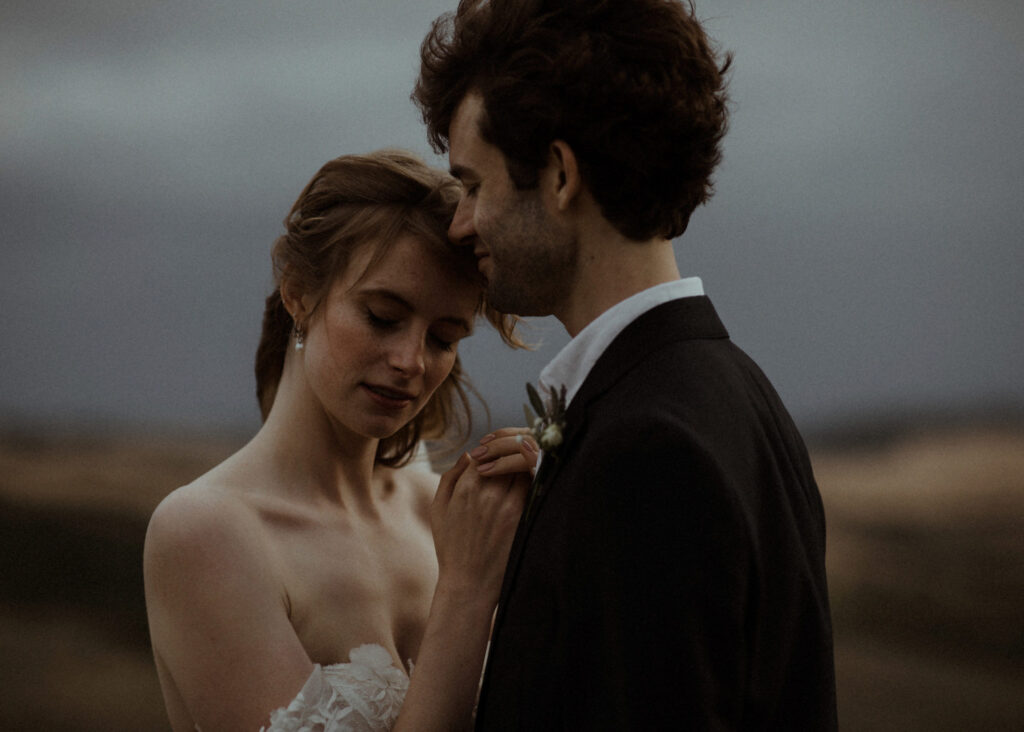
Your choice of style for wedding photography is a very personal decision and down to individual taste. At Ruiz Rocks Photography I love using a mixed approach between Fine Art Editorial Photography for wedding portraits and Photojournalistic wedding photography for the ceremony and the celebration. I favour natural light, and therefore my style is more light and airy, but if the scene calls for it I’ll embrace the dramatics and moodiness to capture your story in a unique and captivating way. You can see what I mean by browsing through my portfolio.
Whatever style speaks to you most, my biggest piece of advice is to stay true to the style you love, and steer clear of anything that will age, Instagram style filters, or something that will simply go out of fashion. I believe that wedding photography is not something you should cut corners on as it is the one long lasting thing you will have to look back on when your wedding day is over.
Let me know if this guide has helped you and if you have any questions or ideas that you’d like me to address on a next post.
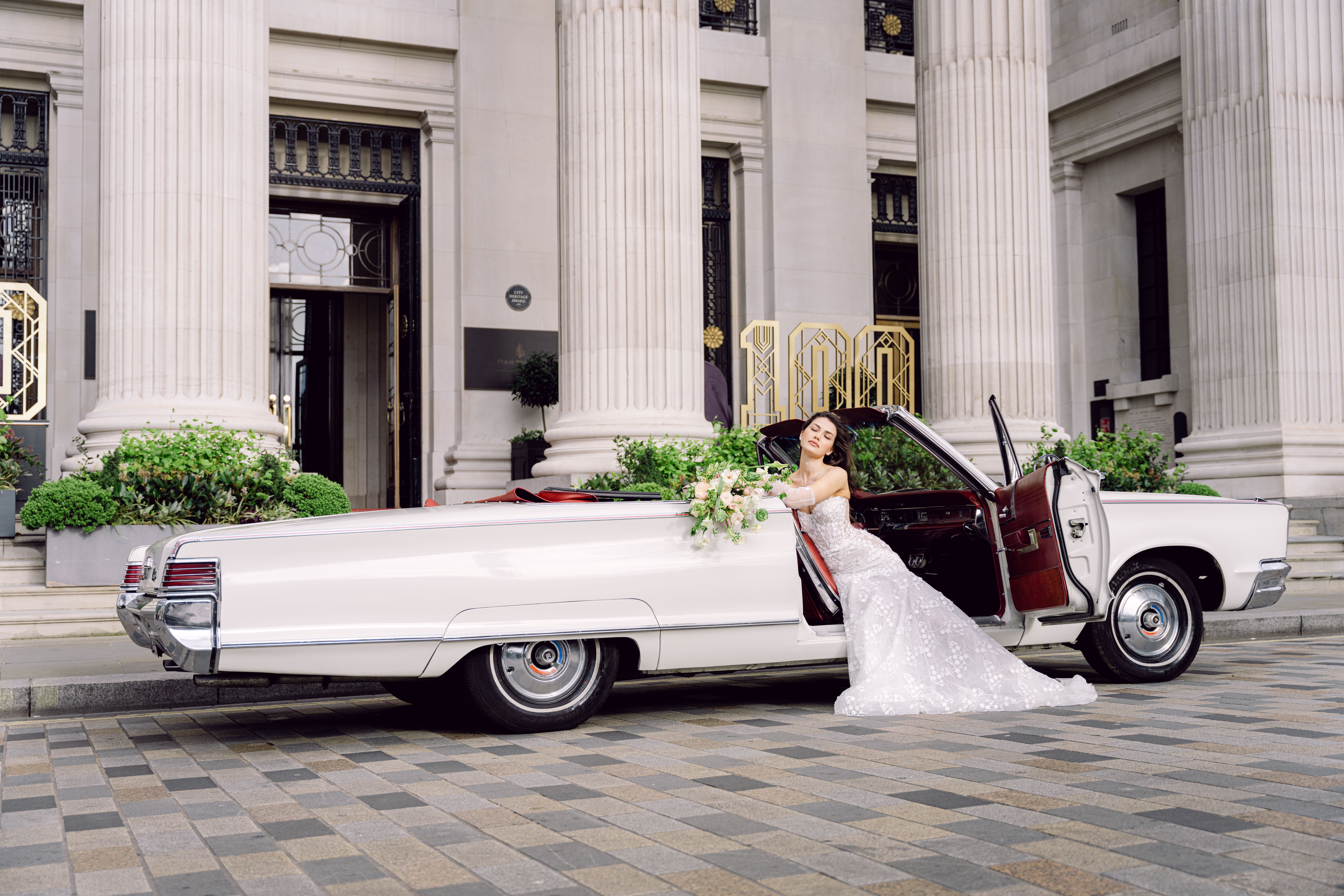
leave a comment